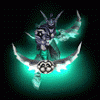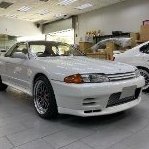Rear Sway Bar or Rear Strut Bar?
Announcements
-
Similar Content
-
Latest Posts
-
Saw this, instantly thought of this thread and all the ADHDers cleaning their sheds...
-
I noticed theres piping between the A/C and the stock intake piping(just before the crossover). What has people done for this? Should i be creating a nipple for the pipe?
-
By DraftySquash · Posted
Looking for a S2 front grill for an R34 GT/GTT Doesn’t have to be in excellent condition as I’m looking to paint it. Would preferred if the clips were around. The $500 this marketplace guy is asking sounds ridiculous in my opinion.
-









Recommended Posts
Create an account or sign in to comment
You need to be a member in order to leave a comment
Create an account
Sign up for a new account in our community. It's easy!
Register a new accountSign in
Already have an account? Sign in here.
Sign In Now